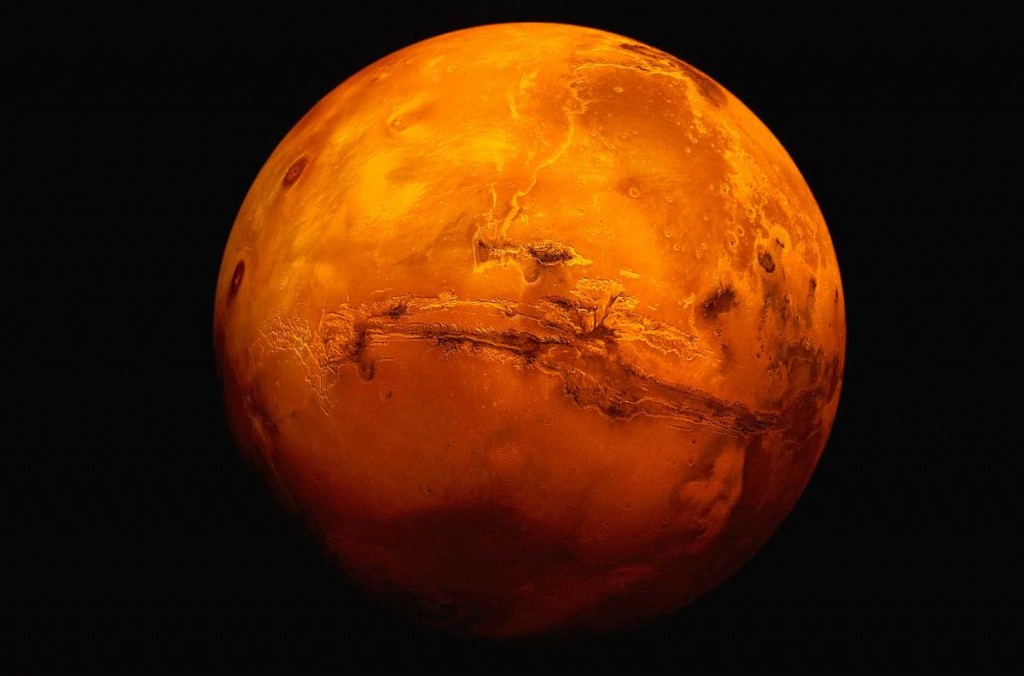A recent study using data from NASA’s Curiosity rover and published in the Proceedings of the National Academy of Sciences present data showing the presence of nitrates on Mars. This molecule, composed of one nitrogen and three oxygen atoms, may indicate that there was once a nitrogen cycle on ancient Mars, one of the necessary mechanisms on a planet to sustain terrestrial-like life.
The research was undertaken with an international team led by Jennifer Stern using Curiosity’s Sample Analysis at Mars (SAM) instrument suite. In earlier studies of Martian soils and rocks at Gale crater, nitrogen was detected in both scooped and drilled sediment samples. However, it was not clear whether the nitrogen detected was from the surrounding atmosphere, indicating molecular nitrogen, or from the rocks themselves, indicating nitrates. Using SAM and subtracting out the known sources of nitrogen within the instrument, Stern’s team was able to show that there were still up to 1100 parts per million (ppm) of nitrogen remaining, depending on the sample analyzed. From this, Stern’s team concluded that the nitrogen originated from the sediments and thus from nitrates.
Whether nitrogen is found in the atmosphere or in other forms plays an important role in biochemistry on Earth. While the majority of terrestrial nitrogen is in the atmosphere, making up 78 percent of the air we breath, it is in the inert form of molecular hydrogen (N2). To incorporate nitrogen into more complex molecules—such as nucleobases, amino acids, DNA, RNA and proteins—it must be in more accessible forms. The nitrate molecule (NO3) is one of the most prevalent and useful molecules seen on Earth for this purpose.
As such, the strong evidence of nitrates in a variety of different rocks and sediments on the Martian surface implies that, at a very early point in the planet’s history, there could have been large amounts of biologically useful nitrogen on the Red Planet.

